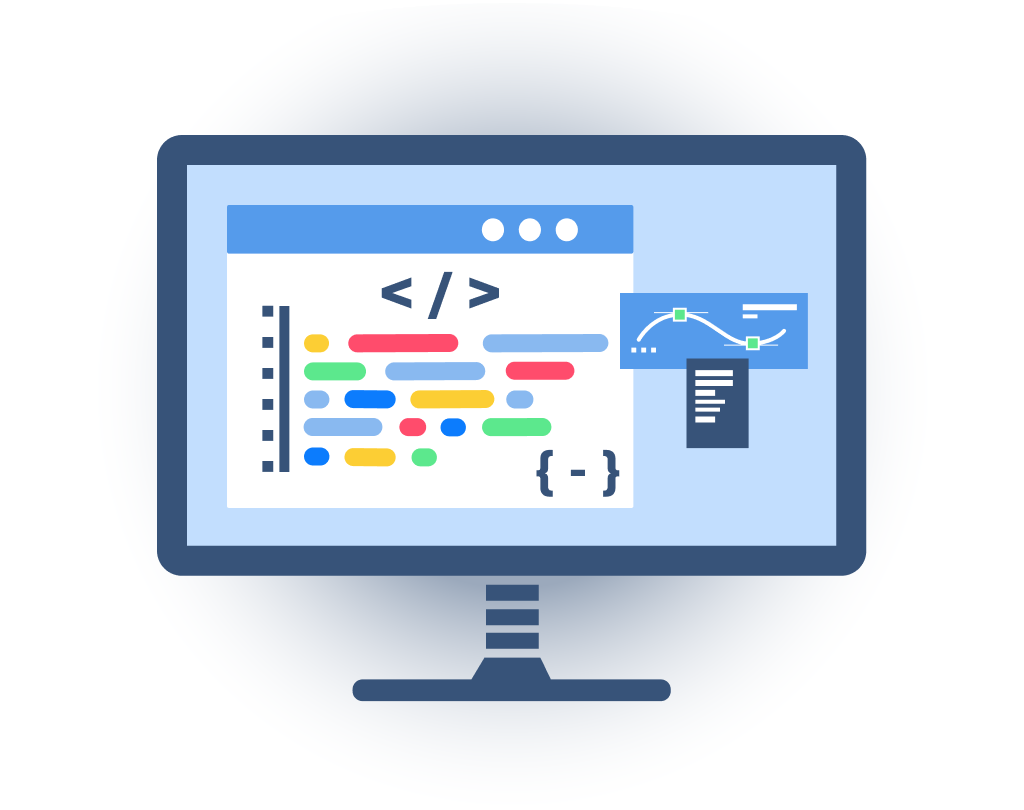Ah, the beauty of the C programming language—a language that has stood the test of time, proving its mettle in software development. As a seasoned C coder, I’ve crafted a unique coding style, akin to a logical, elegant dance. In this blog post, join me on a journey through the intricacies of my coding style, where pointers pirouette and segfaults are silent!
Building foundation
When coding is your livelihood, excellence is not a one-time act but a habit. As a coding professional, my ultimate goal is to produce software that is not only functional but also maintainable, extensible and reliable. Here are the core principles that guide my coding style:
Code choreography
Code clarity is king. Period. Each function is introduced with a prefix denoting the module it belongs to. This simple yet powerful convention adds a layer of organization, making the codebase more navigable. Picture it as a code waltz—each module leading with a distinct step, ensuring harmony in the dance. Modules in my coding symphony serve a specific purpose, whether it’s interfacing with a hardware component or handling a particular section of application logic. This deliberate segmentation enhances code readability and maintenance. Think of it as choreography; each dancer has a unique role, contributing to the overall elegance of the performance.
// Example of Prefixed Function
void moduleA_init() {
// Initialization code for Module A
printf(“\033[32m// Initialization code for Module A\033[0m”);
}
Function, elegance and information hiding
In C programming, functions are the prima donnas, each with a single purpose within its module. This not only enhances code clarity but also facilitates easier debugging and testing. A function should be like a graceful leap—a focused, intentional movement contributing to the beauty of the entire routine. Much like a magician revealing only what’s necessary, I advocate for information hiding between modules. In other words, I expose only what needs to be exposed, keeping the rest hidden. This practice ensures data integrity and simplifies future modifications, avoiding unintended consequences. Before the attention gets drawn to each function, a brief description sets the tone. This high-level introduction is a programmatic playbill, guiding developers through the purpose and expected behavior.
// Example of private function [note the static keyword]
static int calculateSum(int a, int b) {
// Calculate the sum of two numbers
printf(“\033[33m// Calculate the sum of two numbers\033[0m”);
return a + b;
}
Variable naming and complexity
Variable names are like the steps on Mount Everest. Naming conventions matter, and I adhere to a system that alludes to typage at a glance. For instance, a pointer might be named pData or data_ptr, allowing fellow mountaineers (developers) to follow the code steps effortlessly.
// Example of Well-Named Pointer
int* data_ptr;
There’s a delicate balance between time, complexity and elegance. Let’s see the correlation between budget and code writing: the design and time-to-market.
When faced with a complex problem, I start at the smallest chunk that I can comprehend and create a solution. This not only makes the initial development quicker but also sets the foundation for flexibility. It’s like composing a musical piece—one starts with a simple melody, which later evolves into a bigger piece, a symphony. The temptation to brute-force solutions is ever-present, especially when time is of the essence. However, investing time in designing an elegant solution pays off in the long run. It’s the difference between a chaotic mosh pit and a well-choreographed dance—both may get the job done, but the latter leaves a lasting impression.
// Example of Starting Small
void solveSubproblemA() {
// Code to solve subproblem A
}
In the fast-paced world of startups, time-to-market is often a key factor. However, a balance must be struck. While speed is crucial, neglecting the design aspect can lead to a codebase resembling a hurried, tangled mess—a far cry from the elegant dance we aim for.
Personal code snippets: The secret weapon
Understanding the importance of personal code libraries in developing intellectual property (IP) is key and can significantly boost productivity. However, wielding this weapon requires finesse. Libraries are a lifesaver in repetitive tasks or when implementing tried-and-tested algorithms. The key is knowing when to deploy them—a strategic move in the coding chessboard. While libraries are powerful, they aren’t a one-size-fits-all solution. Using them indiscriminately can lead to code that resembles a rat’s nest—tangled, confusing, and challenging to unravel. Knowing how to use them is crucial.
Another important thing to go by is the client IP considerations. Code has its legal nuances. When working on client projects, it’s imperative to navigate the waters of intellectual property carefully. What may be a personal masterpiece could become client IP, requiring a different set of considerations.
On the Path to Mastering ‘Type-Fu’
Have you heard of “Type-Fu”? No? I can tell you that you want to master it! “Type-Fu”, the Bruce-Lee-esque skill of data type manipulation, goes beyond mere mastery. It is a martial art in the programming world, involving a deep understanding of data types, their nuances, and the ability to manipulate them with precision. A programmer with exceptional Type-Fu skills can seamlessly navigate between different data types, perform intricate type conversions, and ensure the harmony of types in their code. They can utilize pointer arithmetic, are proficient in bitmasking techniques, avoid falling into the pit of segfaults and dangling pointers, have a 6th sense about avoiding magic numbers, and love the challenge of writing clear, modularised code
A coding style is a carefully choreographed blend of precision mixed with OCD with some added dash of humour. Let your code be a masterpiece, a reflection of thoughtful design and meticulous execution. After all, nothing beats clean, elegant, well-structured, and efficient code.

